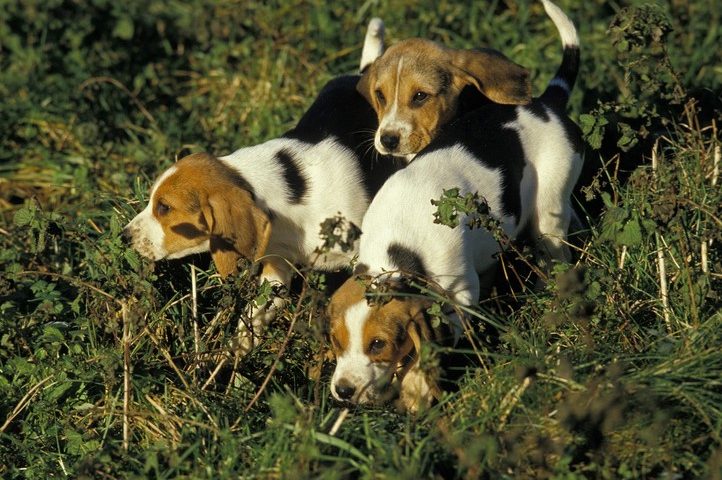The biggest challenge facing new dog owners is how to house train their puppy. Some dogs immediately understand what’s asked of them, while others need more time, praise, and attention to successfully become fully house trained. No matter your dog’s temperament, here are some puppy potty training tips to help you on your journey.
5 Puppy Potty Training Tips
Before we dive into our top five puppy potty training tips, it’s important to remember that consistency is the name of the game. If you’re away at work all day and your puppy is alone, these tips are nearly useless. You need to be present and only confine your dog for an appropriate amount of time. For a puppy under six months old, that’s likely no more than three or four hours at a time.
Establish a Schedule
The schedule you set for your dog will rely heavily on their habits and yours. Eating times, nap times, and other times of the day will guide you on when to take your dog out for a bathroom break. For puppies, it’s extremely often. You have to be ready at any moment. Here are times you should expect to take your puppy out:
- When they wake up
- Before bed
- After playing inside
- After they’ve been in their crate
- When they wake from a nap
- After chewing a bone or toy
- After a meal
- After a drink
Your dog may have to use the bathroom upwards of 12 times per day. That’s why if you work, you’ll want to arrange a dog walker or neighbor to let your dog out. If you leave your dog in their crate for too long, they will undoubtedly have an accident.
Reward, Reward, Reward
Positive reinforcement during house training is critical. Whether you leave a small pile of training treats by the door every time your dog successfully goes outdoors, or you reward them with lots of praise, it’s a necessary tool. If your puppy goes outside but does not go to the bathroom, don’t despair. Quietly come inside with them and head back out in a few minutes. It’s likely they got distracted, but rest assured, they likely have to go again in no time.
During this time, your presence is necessary. You can’t reward your dog if you didn’t see if they went. So, stay outside with your puppy until they are house trained.
Crates Are Your Friend
Many new dog owners are not fond of confining their dog in crates. However, this tool is more useful as time goes on, and most dog owners either regret not crate training or learn to use it. Crates are wonderful for travel, vet visits, safety, and a place your dog will feel comfort during distressing times. Remember, dogs are den creatures who seek out a cave for security. Even if you don’t use a crate, you’ll find your dog does this naturally. They may hide behind couches or under beds for a nap or when they are nervous.
Crating for house training is useful because dogs don’t like lying in urine. So, they are not likely to go while in their crate unless left alone for too long. The crate needs to be large enough for your dog to lay down, stand up, and turn around. A large crate might mean it’s big enough for your dog to relieve themselves in one corner and rest comfortably in another.
Make Sure Your Pup Goes Before You Leave
Before you leave, you need to let your dog out. It’s easy to forget, in the rush of leaving for work or an event, to let your dog out. This last call potty trip is important. Your dog will be more comfortable when you leave and less likely to have an accident. When you leave, your dog should be crated. Not sure how long your dog should stay in their crate for? Here’s a simple way to know: take your dog’s age in months and add one. A three-month-old puppy should be able to stay in their crate for four hours without having an accident.
This means you might be getting up in the middle of the night to let your dog out. Many dogs do a good job holding it overnight, but not all dogs. So, make sure you adjust your schedule to meet your puppy’s needs.
Feed Your Dog Right
Like babies and toddlers, puppies have little digestive tracts without much room for volume. Your puppy’s feeding schedule should be broken up into a few small meals per day. This will help you make sure your dog is getting proper nutrition and eliminating well. Check your dog’s stool for loose, smelly, or bulky features. If anything seems off, you might need to talk to your vet about changing their food. Overfeeding may make house training tougher.


Leave a Reply